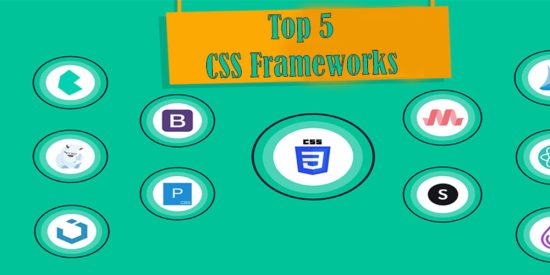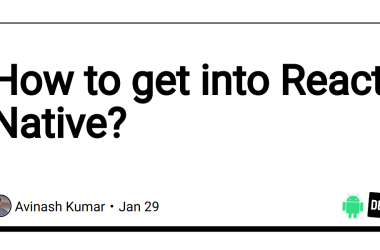What is framework?
simply it’s a set of tools that speed your development process it’s also can be a group of frequently used styles that you use on your daily projects so instead of rewriting everything from the ground you can use it to boost your work.
in this article we will introduce most common and famous css frameworks , this is not a comparison or order it’s only mentioning.
1. Bootstrap
Top Features: Responsive Grid System, Extensive Component Library, Theming Support
Bootstrap, developed by Twitter and now maintained by the open-source community, is arguably the most popular CSS framework.
It offers a responsive grid system that simplifies layout creation and an extensive component library for buttons, forms, navigation bars, and more.
Bootstrap’s theming capabilities allow you to customize the appearance to suit your project.
2. Foundation
Key Features: Mobile-First Approach, Flexbox Grid, Modular Design
Foundation is another highly regarded CSS framework known for its mobile-first approach.
It offers a flexible and powerful grid system based on Flexbox, which streamlines responsive design. Foundation’s modular design allows developers to include only the components they need, keeping file sizes minimal and improving performance.
3. Bulma
Key Features: Flexbox-Based Grid, Minimalistic Design, Highly Customizable
Bulma is a lightweight and modern CSS framework built on Flexbox. It boasts a minimalistic design that provides a clean and unobtrusive foundation for web projects.
Bulma’s flexibility and customization options make it a favorite among developers who value simplicity and control over aesthetics.
Key Features: Material Design, Responsive Grid, Feature-Rich Components
Materialize CSS is a framework that brings Google’s Material Design principles to the web. It offers a comprehensive set of components and styles inspired by Material Design guidelines. With Materialize CSS, developers can quickly create visually appealing and responsive applications that adhere to Google’s design language.
5. Semantic UI
Key Features: Intuitive Naming Conventions, Thematic Integration, Extensive Theming Support
Semantic UI takes a unique approach to CSS frameworks by using human-friendly HTML semantics and intuitive class names. It focuses on providing a highly readable and semantic structure for both HTML and CSS. Semantic UI’s theming system allows for easy customization and integration with various design aesthetics.
Which One Should I Choose?
this depends on your requirements and your particular use cases but here is a quick reference you can check before choosing.
- Bootstrap is an all-encompassing framework suitable for projects requiring rapid development and extensive component libraries.
- Foundation excels in responsive design and offers a modular approach for flexibility.
- Bulma is ideal for developers who prefer a minimalistic and highly customizable framework.
- Materialize CSS is the go-to choice for projects aiming for a Material Design look and feel.
- Semantic UI prioritizes semantic and intuitive design, making it suitable for projects where readability and maintainability are critical.





